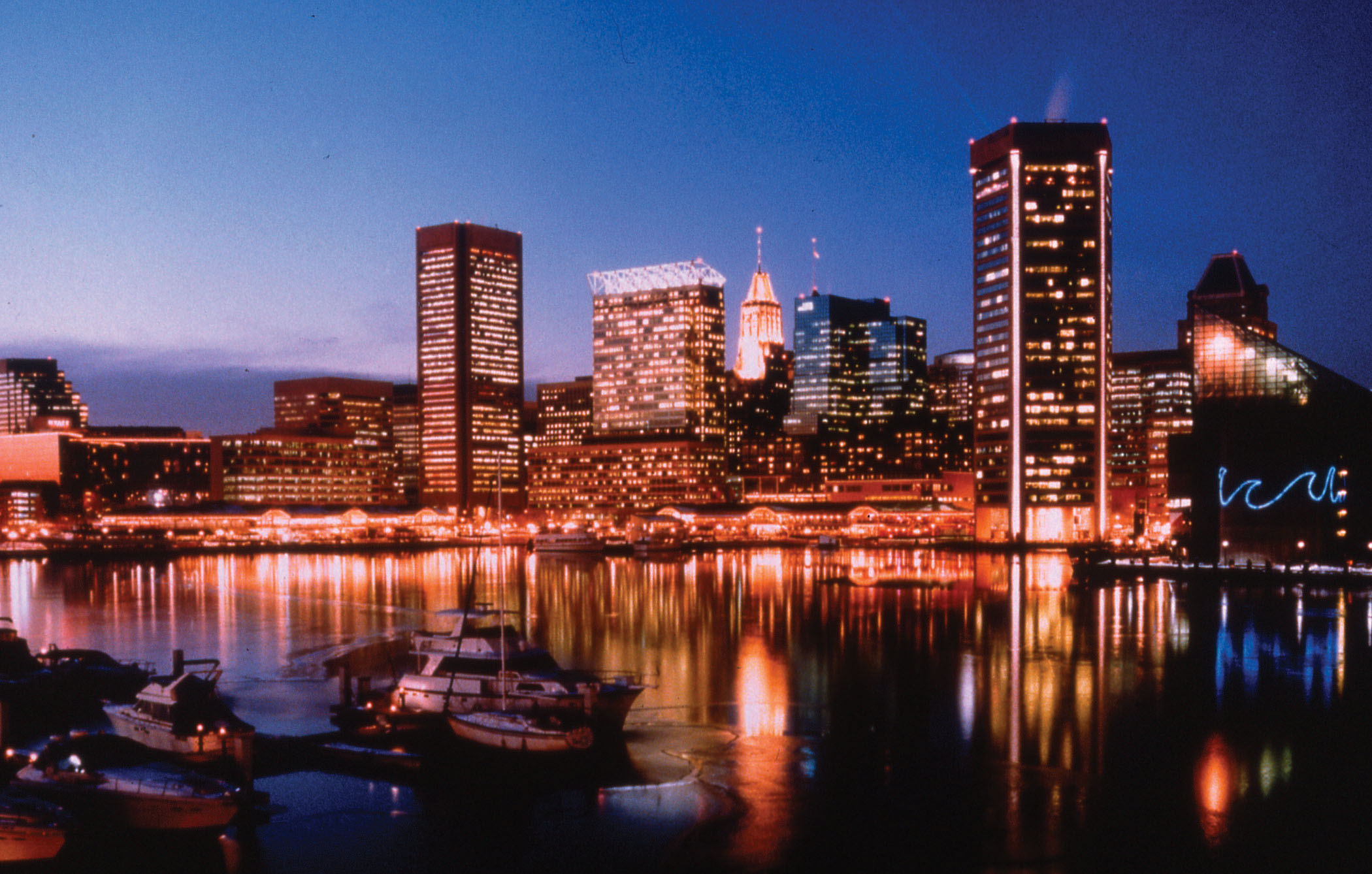Baltimore: American history at your fingertips
Sunday, January 19, 2014
Baltimore is the birthplace of the national anthem and the hub of celebration of the 200th anniversary of "The Star Spangled Banner." The song's bicentennial celebration, set for Sept. 6-16, will see the city alight in re-enactments, fireworks, the Blue Angels' air show, naval ships and special commemorative events.
If you're going to the star-spangled celebration - or just planning a trip to Baltimore - here are some neighborhoods, museums and restaurants to explore.
Federal Hill
The charm of Federal Hill has been preserved in the 18th century architecture seen in the brick row homes. The buildings are now home to antique shops, record stores, clothing boutiques and other shopping opportunities, such as the Tradestone Gallery, which contains Russian art and gifts, Vanessa's Vintage Treasures, a home goods and jewelry shop, and Artesanos Don Bosco, which features handmade furniture by Peruvian artists.
The Cross Street Market is an indoor food market spanning an entire city block from Light Street to Charles Street and has been a neighborhood staple for more than 100 years. At a variety of vendors located in the air-conditioned space, you can sample the freshly prepared steamed shrimp, oysters or crab - you can't leave Maryland without trying the crab, it's practically a law. You also can take home locally grown produce.
A big draw to Baltimore is the new Charm City Circulator, a free and fast bus system that takes you to all of the downtown tourist attractions.
After lunch at the Cross Street Market, you can take the Circulator's Purple Route a few stops to the American Visionary Art Museum. This local hotspot features American artists from all walks of life - people with dyslexia or obsessive-compulsive disorder, grandmothers and teachers, even the homeless. All share the common goal of expressing themselves through art. Some of the pieces you will see include an 8-foot replica ship made entirely of 193,000 toothpicks and a life-sized man made of telephone wire.
Mount Vernon
Touring Federal Hill takes about half a day, so still have time to hop on the Circulator and take the Purple Route to the neighborhood of Mount Vernon. Visit the Washington Monument, built 56 years before the iconic one in Washington, D.C. Surrounding the monument you will find museums, cafes and historical buildings, including the Peabody Conservatory of Music, where free concerts from jazz to contemporary are offered to the public every Thursday from noon to 1 p.m.
The Peabody Conservatory of Music houses the Peabody Library, a stunning architectural sight, and is consistently named one of the most beautiful libraries in the world. Called a "hidden treasure of Baltimore," the 300,000-volume research library opened in 1878 as the first public library in Baltimore and contains tomes as old as 2,500 B.C.
Opposite the Peabody, you can tour the oldest mansion in Baltimore, the Garrett-Jones Mansion, which is was built in 1884 and is now a popular space for weddings, private events and business meetings. Have a walk through the property, and note how the staircases and steps are more compact than in homes built today since people were shorter back then.
After a tour of Mount Vernon, you can have dinner at City Café located on Cathedral and Eager Streets. The restaurant is known for its crab cakes with no fillers. You also can try its award-winning brunch every day until 3 p.m.
Inner Harbor
The Inner Harbor is the center of tourism in Baltimore. Once a major U.S. seaport in the 1700s, the harbor is now a bustling marina with an amphitheater, a variety of restaurants, shopping destinations and water cruises.
Visit the popular Reginald F. Lewis African American Museum that documents the experiences and inspirations of black Marylanders. From May until November, the museum will have w exhibition titled "For Whom it Stands" featuring 75 works of art, artifacts, and photographs that investigate the history and representation of the U.S. flag as an icon of our nation.
Around the corner from the museum is The Star Spangled Banner Flag house, which showcases a replica of the 30-by-42-foot flag sewn by Mary Pickersgill. You can tour her 200-year old home to see where she lived and worked on the flag and touch a piece of the original flag made of British wool bunting. Also on display are some of the period pieces common to her time, like a wooden nutcracker that's more than 200 years old and a toilet that doubled as a nightstand.
For shopping, head to the Harborplace, an indoor mall with restaurants, souvenir shops and seasonal live music on the waterfront.
To learn about some of the Baltimore attractions surrounding the harbor, take a ride on the Seadog speedboat, a 50-minute sightseeing tour that highlights landmarks such as the historic warship, the USS Constellation (which can be toured) and the Francis Scott Key Bridge.
The Baltimore Water Taxi takes you to different parts of the downtown area, including Fort McHenry, where Francis Scott Key was inspired to write "The Star Spangled Banner" after the War of 1812. Also on the trip are the Baltimore Aquarium and the Frederick Douglas-Issac Myers Maritime Park, a national heritage site that highlights black maritime history.
Another stop on the taxi route is the East Harbor, a newly constructed part of the marina where you can eat, ride a bike and shop without heavy foot traffic of the main harbor.
The East Harbor is also home to the new Baltimore Four Seasons hotel, where you can have brunch at the hotel restaurant, Wit & Wisdom. For dinner, take the water taxi to the other side of the harbor to the Hyatt Regency.


